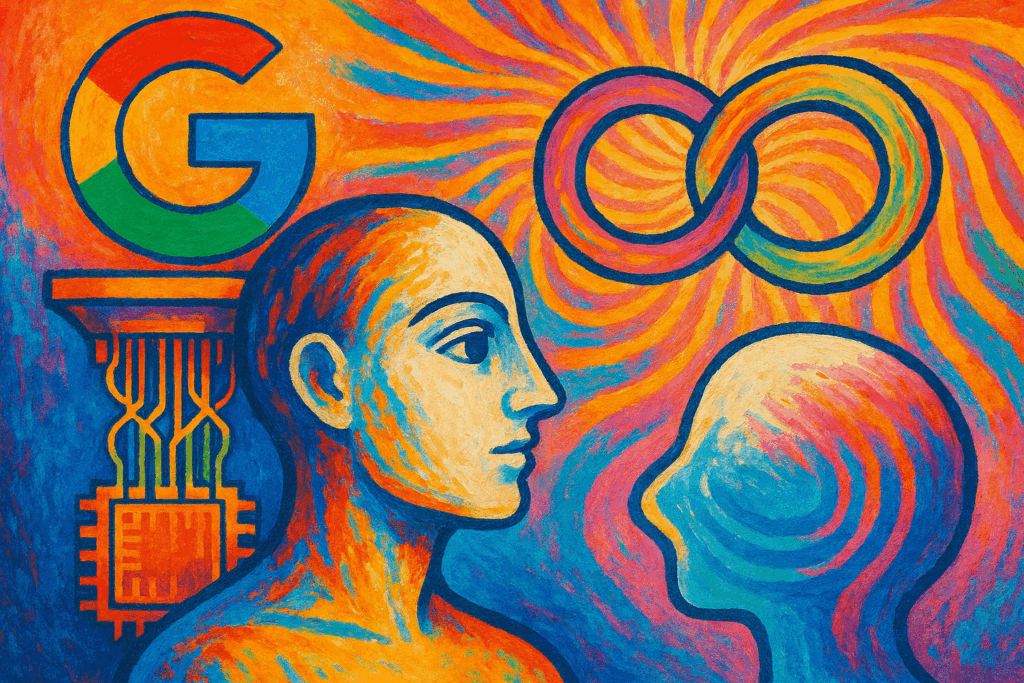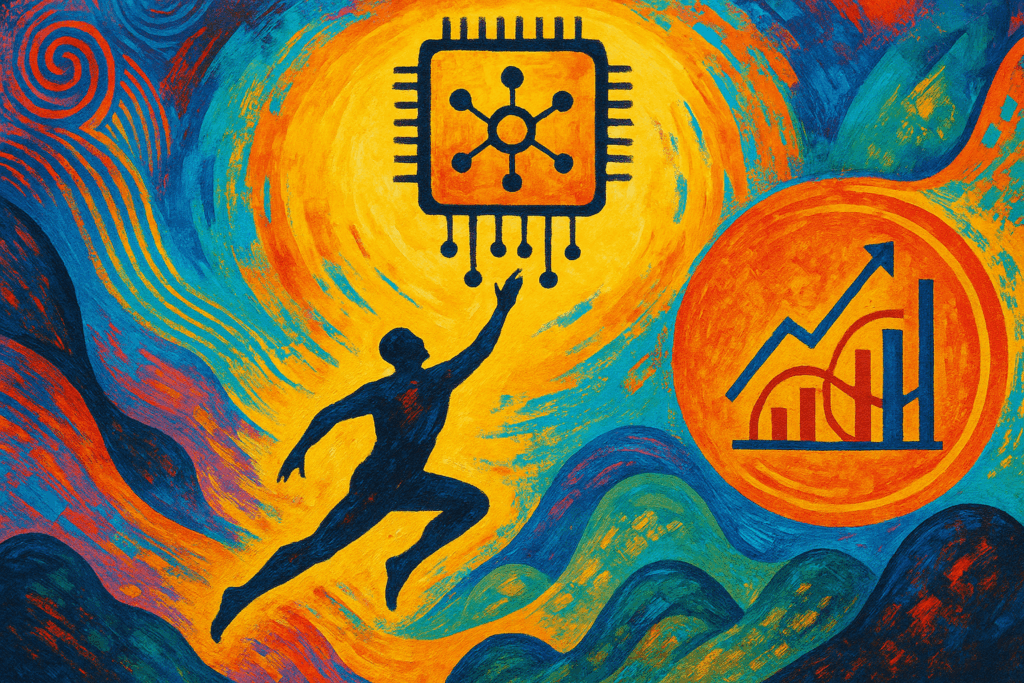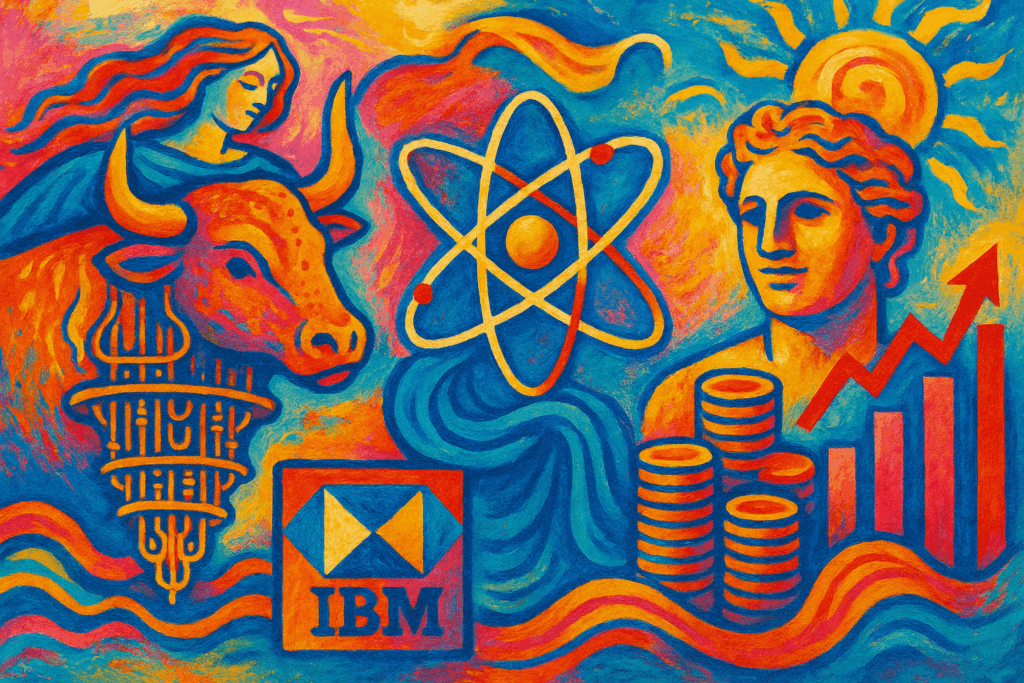Quantum Leap: Google AI Unveils “Constructive Interference” for Better Quantum Computing
Understanding the behavior of complex quantum systems has long posed a challenge to scientists. Traditional approaches often struggle to capture the subtle dynamics entangled within quantum many-body interactions, where chaos and order intertwine. This difficulty has limited how effectively researchers can read and predict quantum system behavior, slowing progress toward practical quantum computing.
Making Sense of Quantum Chaos
Quantum systems exhibit intricate behavior that blends unpredictability and structure, making their evolution hard to trace. Conventional measurement methods fall short because they cannot fully capture the hidden correlations developing over time. Here, Out-of-Time-Order Correlators (OTOCs) have emerged as a powerful tool. Think of OTOCs as quantum ‘time machines’ that reveal how perturbations spread within a quantum state, providing insight far beyond standard measurements.
The Power of OTOCs: Seeing Deeper
Particularly, second-order OTOCs, or OTOC(2), offer a window into the inner workings of quantum systems by detecting subtle interference patterns among quantum states. Google’s team used a superconducting quantum processor to experimentally observe “constructive interference” — a condition where quantum signals amplify each other along the system’s edges. This enables a clearer readout of quantum dynamics previously obscured by complexity.
Beyond Classical Limits: A Path to Quantum Advantage
This experimental success marks a milestone because simulating these interference effects with classical supercomputers is extraordinarily difficult, bordering on impossible for larger systems. By demonstrating measurable classical intractability on a 65-qubit processor, the research highlights a “Goldilocks zone” where quantum systems are accessible yet remain challenging for classical algorithms. This paves the way toward practical quantum advantage, where quantum machines solve problems beyond classical reach. One promising application is Hamiltonian learning, where the detailed knowledge of quantum system parameters improves quantum device design and error correction.
What Comes Next
Google Quantum AI’s findings represent a significant step toward unlocking the potential of quantum computers. By making complex quantum dynamics more ‘readable,’ this work opens new avenues to explore quantum phases of matter, optimize quantum algorithms, and accelerate the development of devices capable of solving real-world challenges. Ongoing research will build on these insights, striving to expand quantum capabilities while pushing the boundaries of classical simulation.




